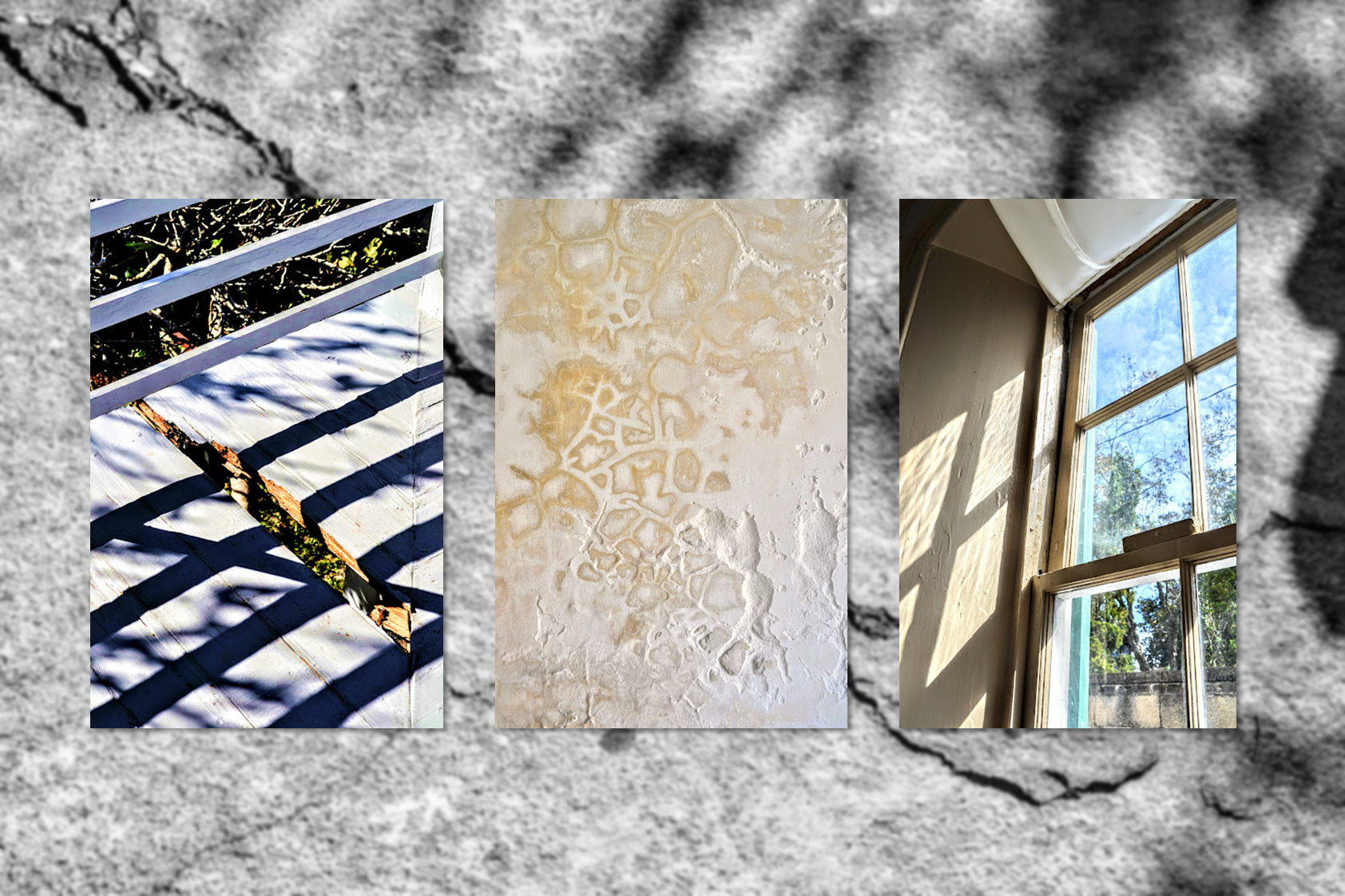
Help Save Our Museum!
Help us preserve the Ximenez-Fatio House Museum! After 225+ years of use, hurricanes and general wear and tear, the ongoing preservation, restoration, and overall maintenance is an ongoing process. By making a donation, you are ensuring the character, culture, and history will remain intact for current and future generations. Every contribution received is directly contributing to the preservation of these vital spaces, safeguarding their rich history for generations to come.
Following the new Maintenance Manual from the Joseph K. Opperman, Architect (JOAK) 2024 Historic Structure Record, the following projects will be undertaken over the next two years to ensure the Museum is in excellent condition to celebrate the nation’s 250th anniversary of the Declaration of Independence. Help us to meet this goal! Thank you for your support!
Projects your donation will help fund:
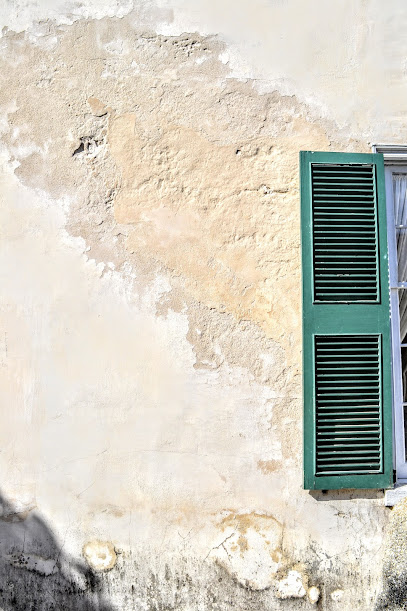
- Exterior and interior mortar repair and lime-washing of the museum.
- Restore tabby floors along the loggia and first-floor rooms where needed.
- Restoring the courtyard balcony floor to original lumber and specifications.
- Restoring 42 first and second floors window framing, glass, and glazing to authentic specifications
- Restore seven third-floor dormer windows to authentic specifications.
- Restoring and re-capping five chimneys to prevent bird-invasion.
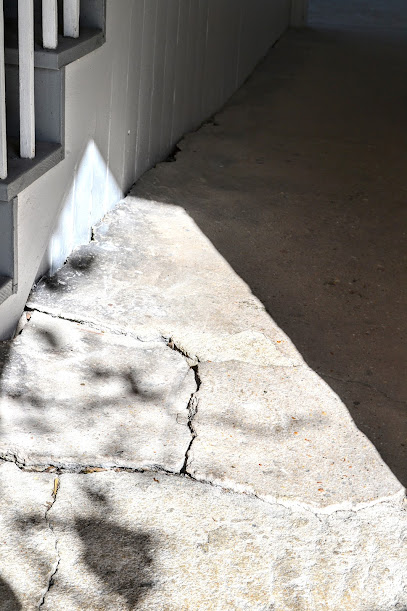
Our Online Donation Portal is NOW OPEN!
What are Coquina and Tabby?
We are always talking about our unique Coquina and Tabby building materials here at the Ximenez-Fatio House Museum, but what exactly are Coquina and Tabby? Read on to find out more!
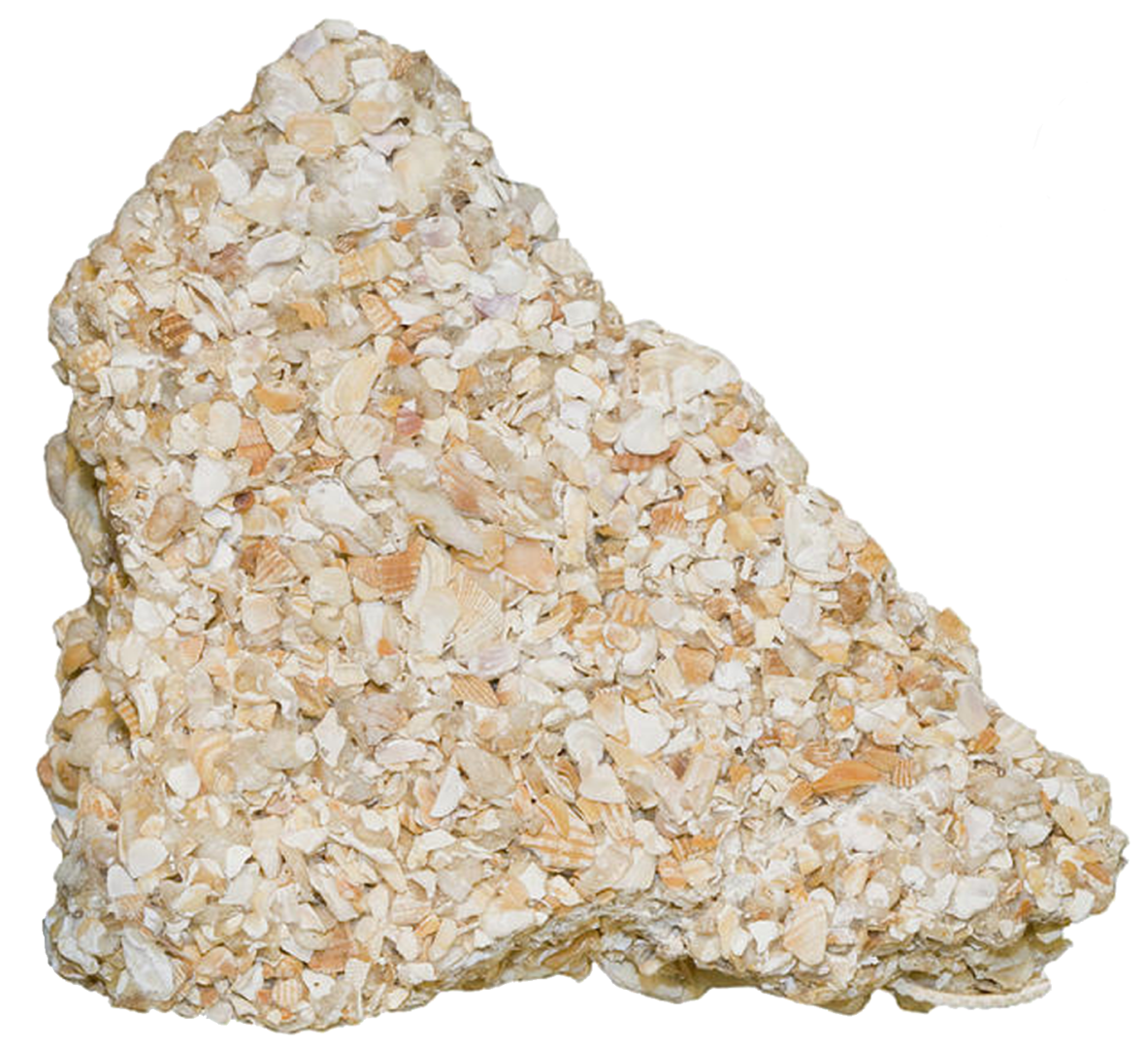
Coquina and its Protectant: Limewash
Coquina is found in many early structures in St. Augustine, including the the Ximenez-Fatio House! This resilient and natural building material is a top reason many of our structures are still standing and in excellent condition. Over time, however, Coquina which is used for construction does need maintenance and preservation to keep it from deteriorating from erosion, wind, and environmental damage.
The most important part of this preservation is Limewash. What is Limewash? Although we have many citrus trees on our museum property, limewash does not contain citrus limes! Limewash is a mixture of finely crushed limestone, water, and other materials specific to the time period and location of the structure in which the mixture is applied. It is an ancient interior and exterior wall finish and is found throughout St. Augustine’s coquina structures. The Limewash finishes of the walls of the Ximenez-Fatio House Museum are at the critical stage where this preservation work must be done to stop further deterioration.
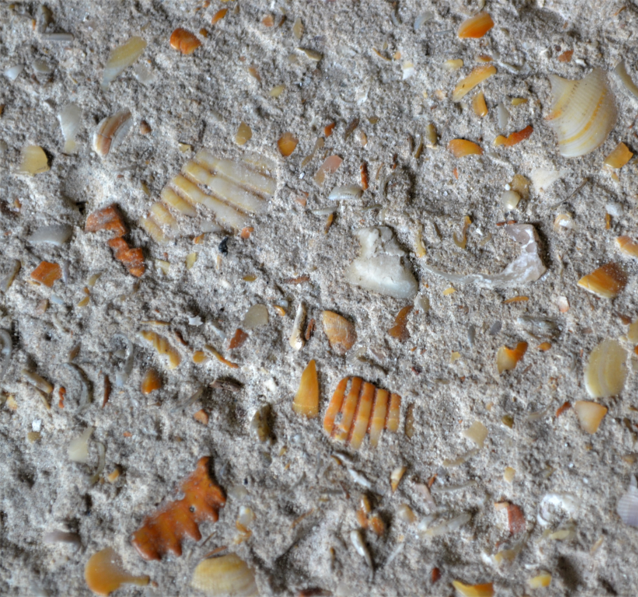
What is Tabby?
Tabby is created by mixing equal parts of water, lime, sand, oyster shells, and ash. When combined with the ash, the product hardens and can be used to create foundations, floors, walls, and more. Although the birth of Tabby is unknown, it is believed to have been created by Spanish explorers during the 16th century. The word “Tabby” comes from the Spanish word “Tapia” meaning Mud Wall. Originally, broken glass, brick, and other materials were also combined into the mix but were later declared unnecessary. After being poured, the Tabby would be placed, and secured to later be leveled by hand and laid to air dry for two to three days. Tabby became a popular building material, primarily found in Florida, Georgia, and other low-lying states regions. The main reason Tabby never spread to other locations was due to weather conditions, as it does best in areas of high humidity. Although Tabby is frequently described as indestructible, and even bullet and cannon-ball proof, after 223 years of general wear and tear, enduring floods and other environmental damages, our floors are in dire need of critical work to prevent continued deterioration.
Interested in learning more about Coquina and Tabby? Click here to learn more about these very special Florida building materials!
